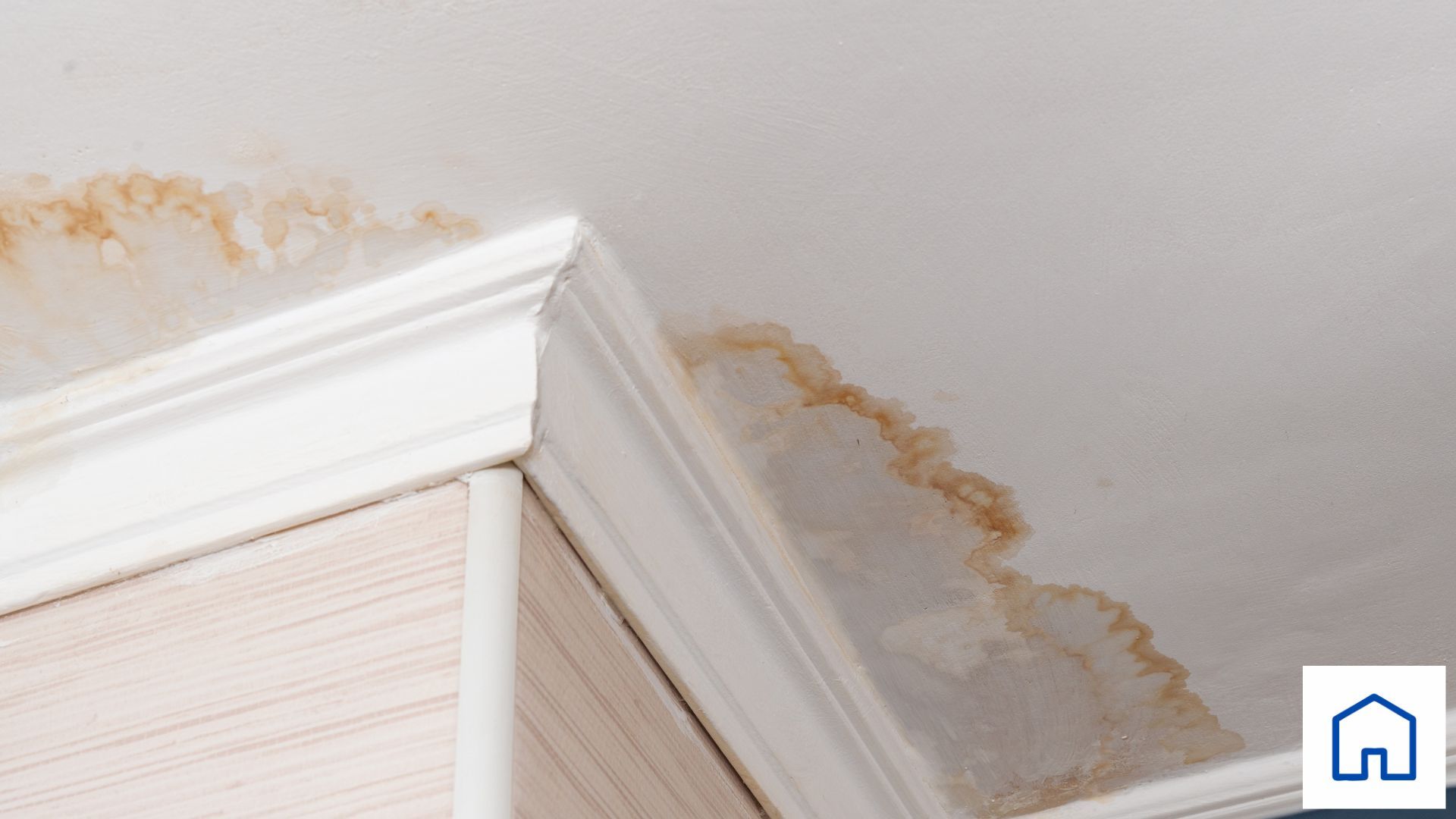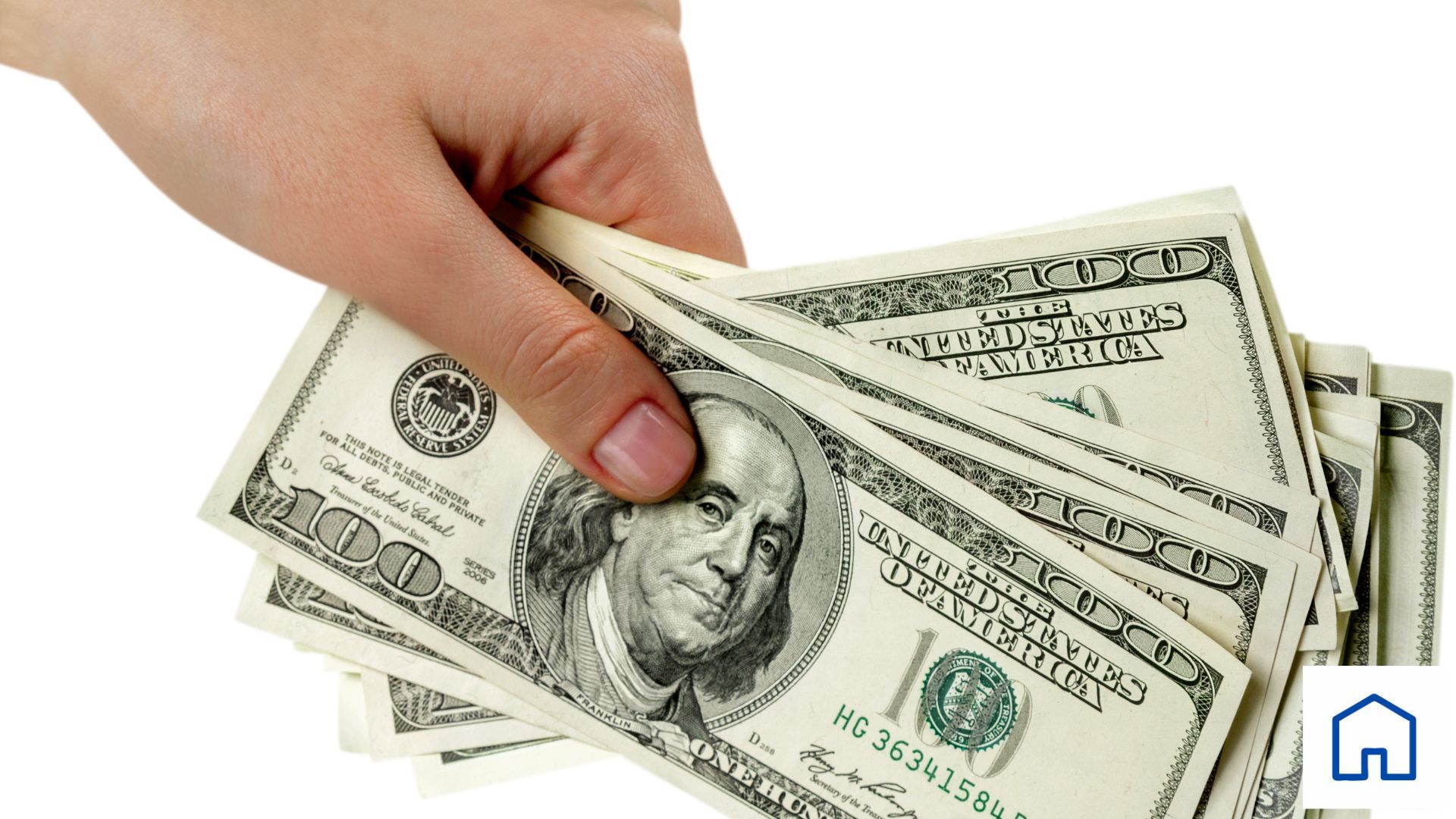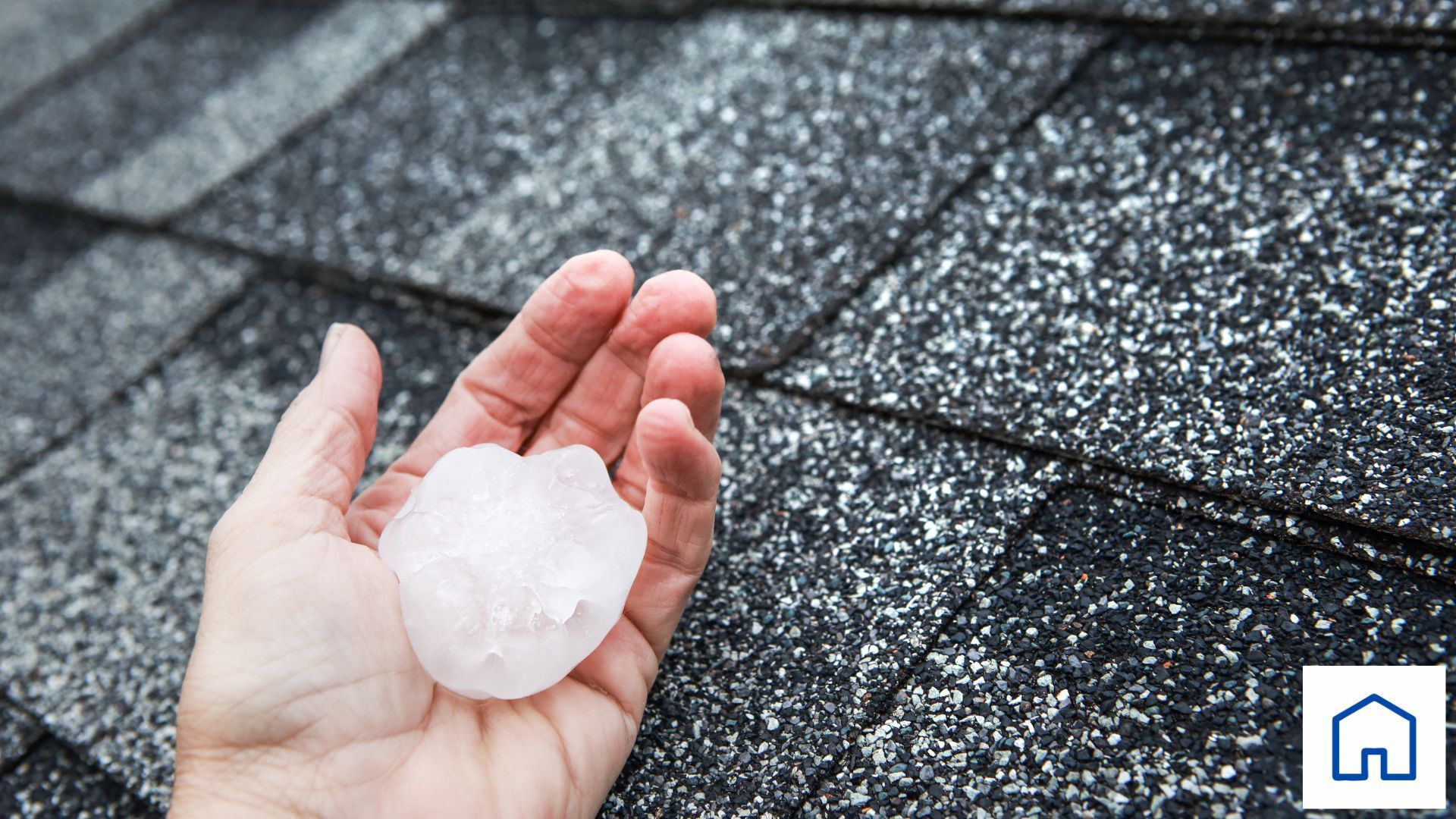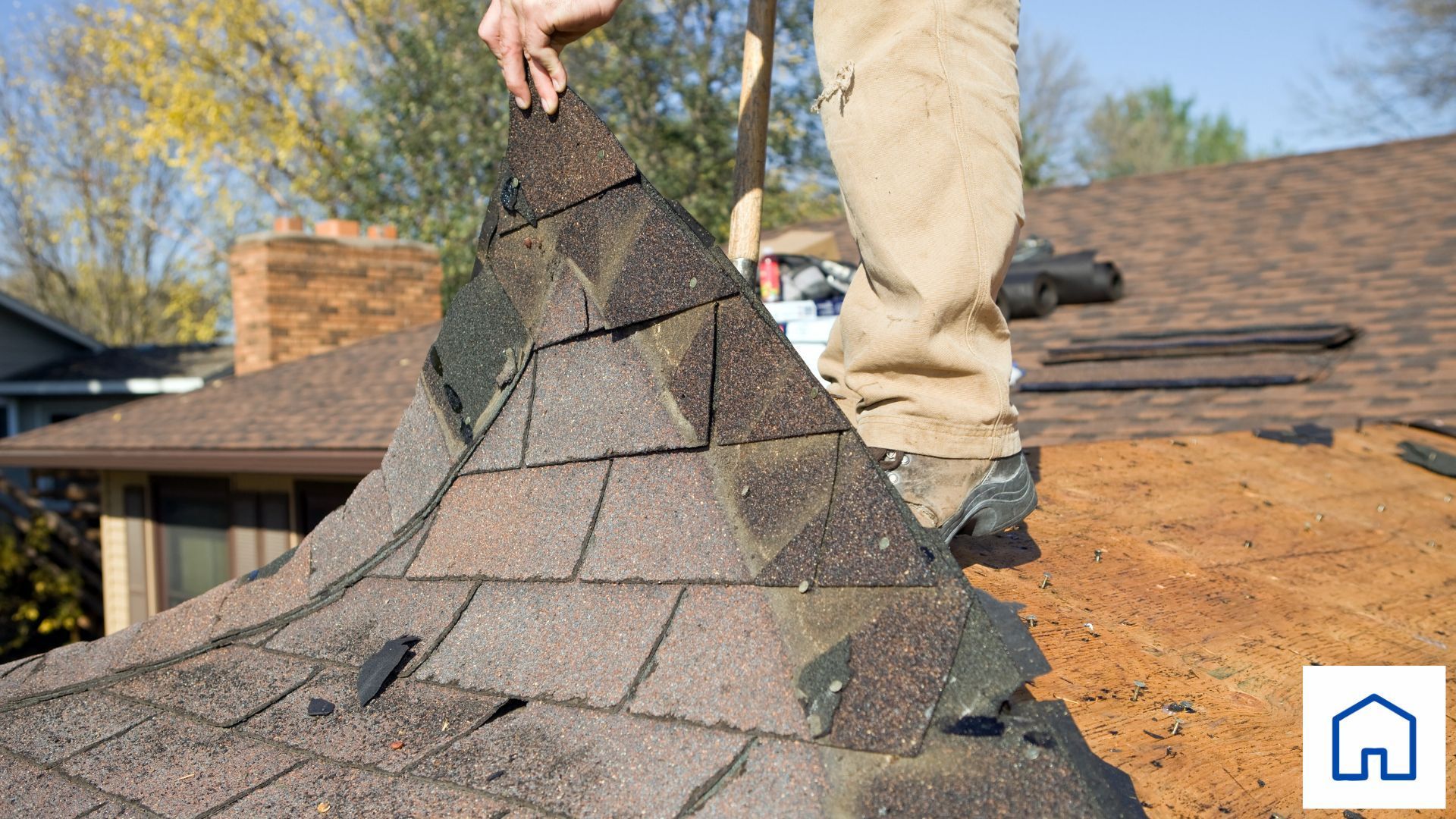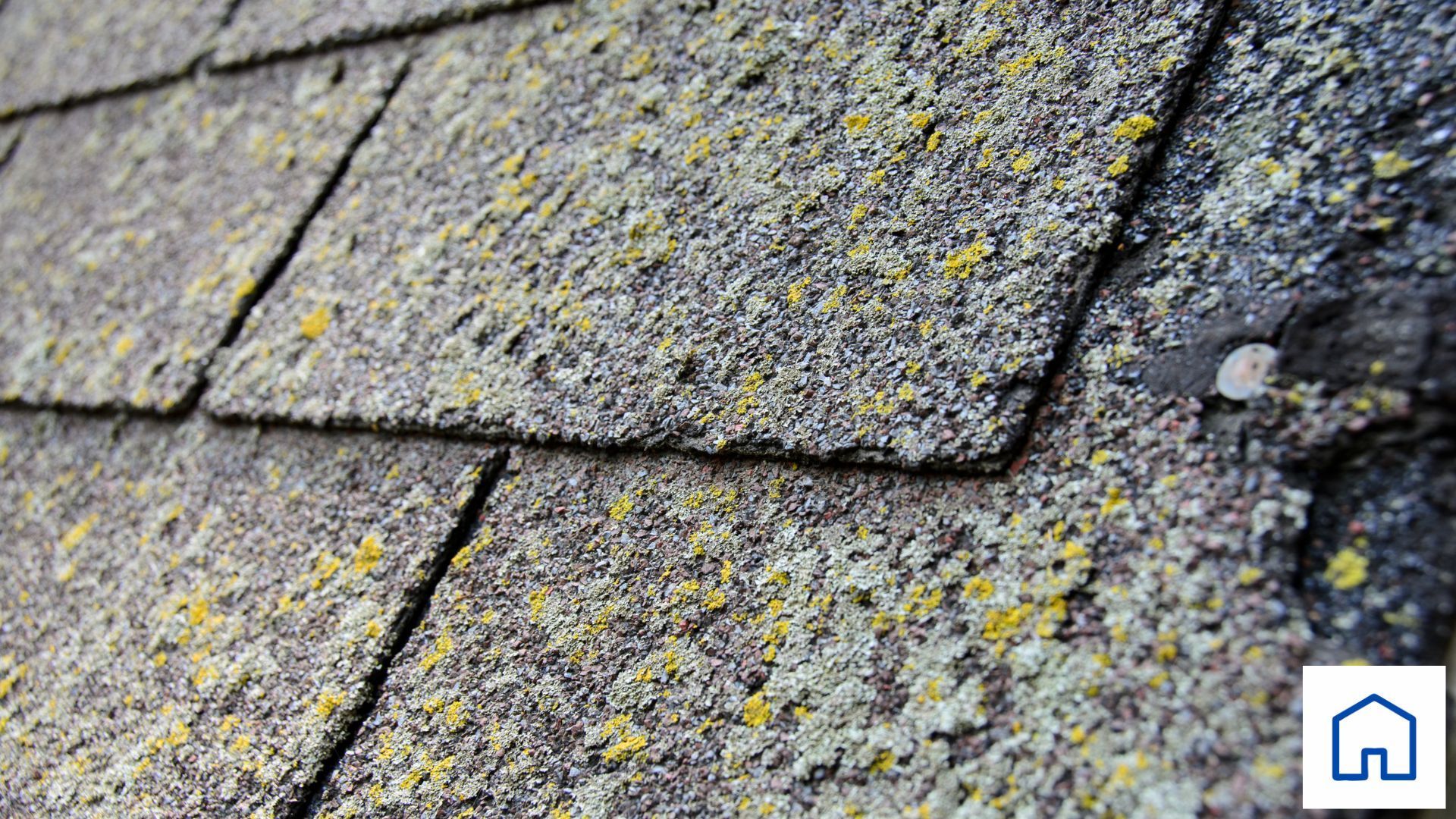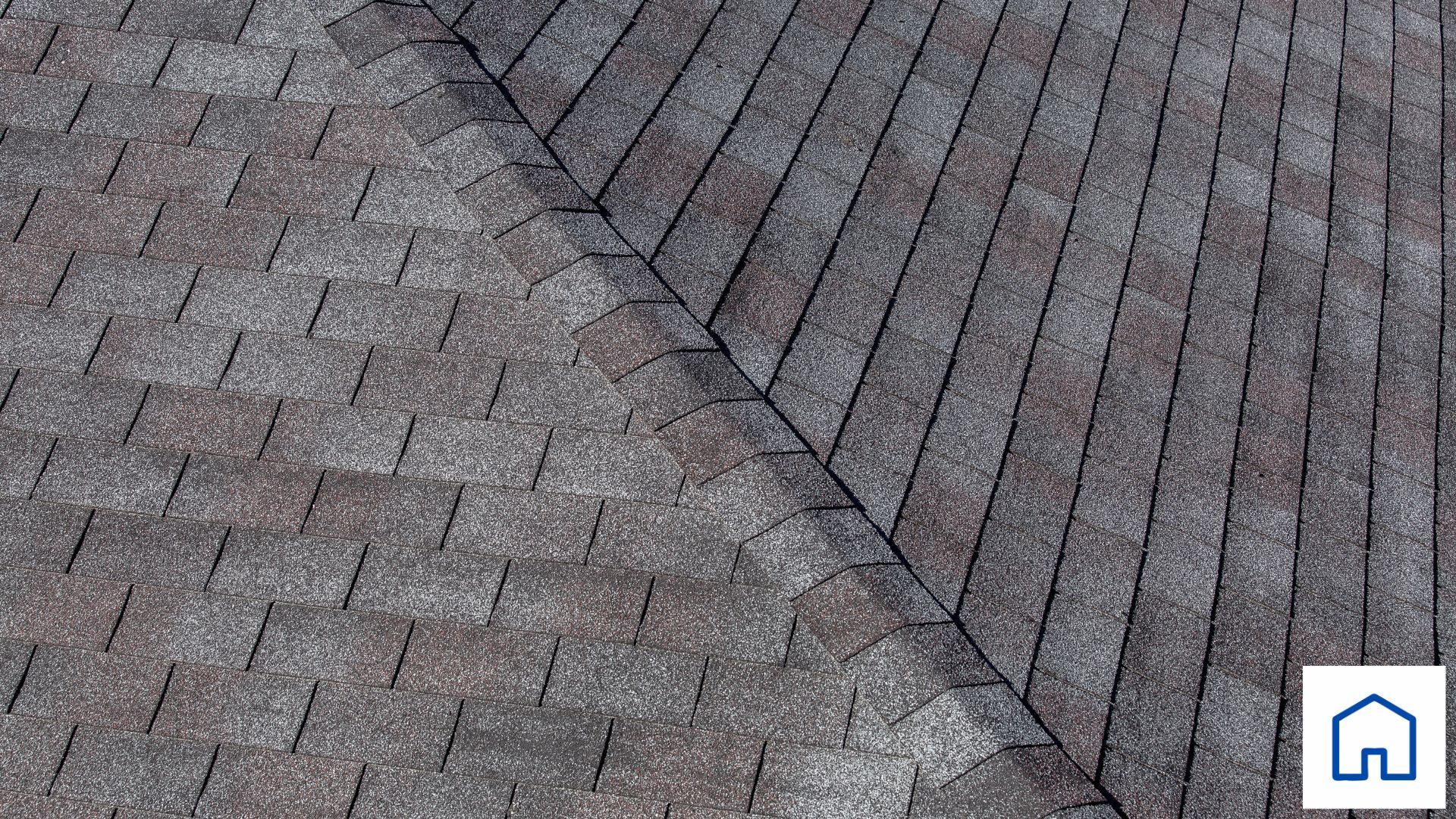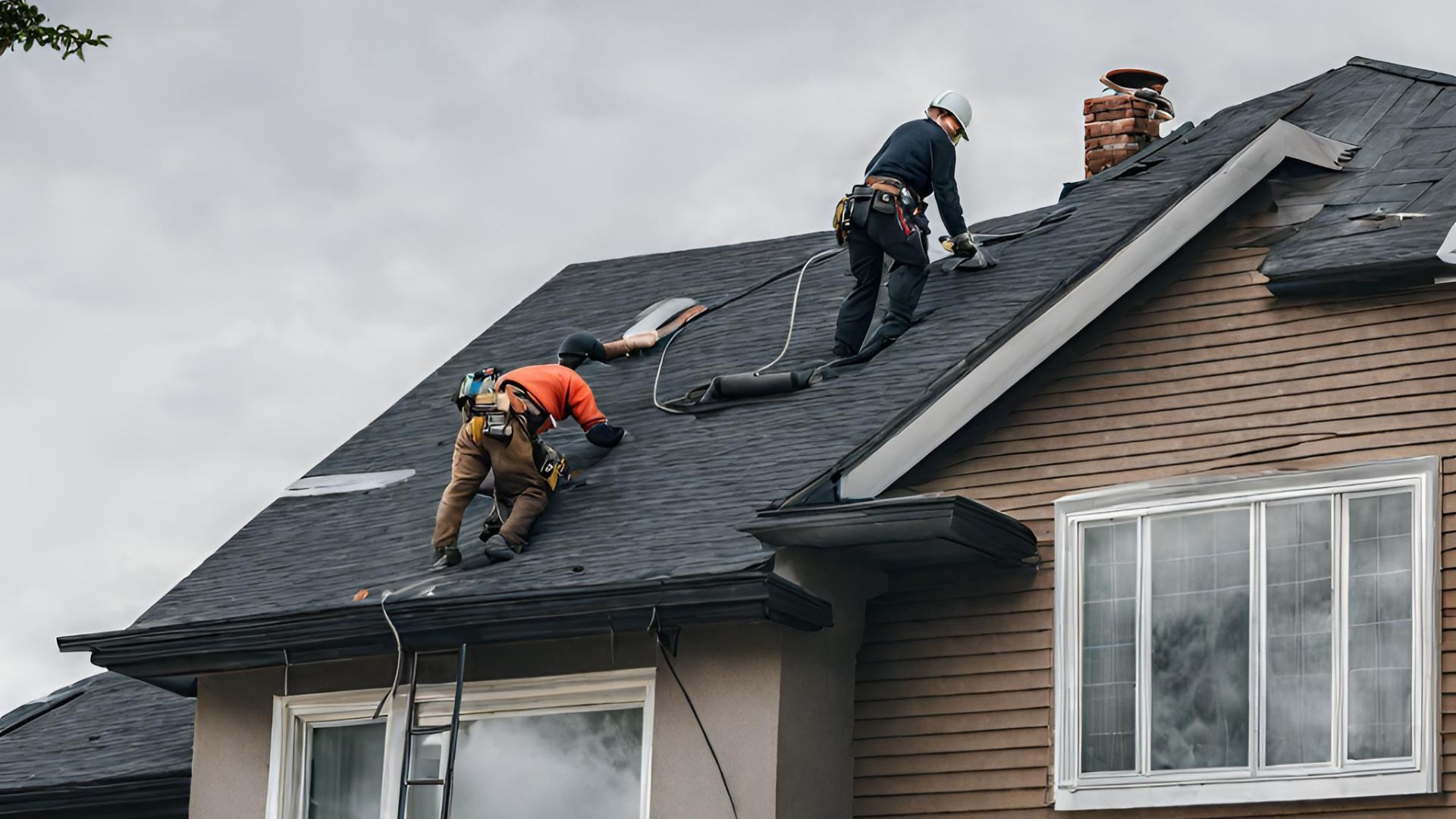Did a Storm Damage Your Roof? Here’s a Checklist of What To Do
If a severe storm passed through your area and you suspect that your roof is damaged, it’s important to perform a quick inspection and address any repairs quickly. When roof damage is neglected for long periods, leaks can happen and cause extensive damage to your home’s interiors.
It can mean the difference between a costly and more major repair and a relatively minor one.
Let’s take a look at what you should do with our checklist for roof storm damage.
1. Assess the Damage and Take Pictures for Your Insurance Claim
After severe weather conditions sweep over your home, it’s important to take pictures of damages so you have documentation of what happened for your insurance.
Assess the overall damage and take note of areas that need repairs. Once you have a general idea of how much damage your roof sustained, take pictures of the affected areas. Use angles that clearly and accurately show the extent of the damage.
Taking photos will help you make an insurance claim that can be processed faster.
If you aren’t sure how to go about inspecting the damage or feel uncertain about climbing on top of your roof, have a professional roofing company perform the roof assessment for you. This is especially true if your roof is high or the pitch is angled in such a way that it’s dangerous to reach without professional tools and equipment. Always put your safety first.
2.
Remove Debris From Your Roof and Property
Severe weather usually leaves behind tree branches, leaves, and other debris on your property and roof. For safety purposes, remove as much of the debris as you can. This will also prevent your roof from incurring further damage and will help it last longer.
Depending on the type of roof you have and how much debris your roof collected, you may need to call a debris removal team to help you clear the area.
3.
Replace Damaged Roofing Materials
Did your initial visual inspection reveal damage to parts of your roof? Strong winds can cause parts of your roof to come loose and break away. If there are missing components like roof shingles or broken tiles, have a contractor replace or repair them right away.
When choosing replacement materials, insist on quality roofing products. Higher-grade materials will last longer and will require less maintenance over time.
By choosing the best replacement products now, you can help guarantee your roof’s excellent condition so you’ll have sufficient protection from the elements for many years.
It’s likewise important to work with a skilled and experienced roofer. Premium materials won’t do you any good if they aren’t installed properly.
4. Check Your Gutters and Downspouts for Damage
Your checklist for roof storm damage should include checking your gutters and downspouts after a storm. This will help you avoid expensive water damage to your property. Gutter systems are designed to direct the flow of melting ice and snow away from critical areas around your home such as roofs and foundations.
Sometimes, storms can cause damage that can become a breeding ground for pests like mosquitoes and create other issues like mold.
Regular inspections of gutters and downspouts after bad weather can help you identify potential disruptions to these vital parts of your home’s infrastructure before they become major problems.
As a preventive measure, invest in quality gutters and downspout systems so you can always feel confident that heavy rains or melting ice and snow are effectively diverted away from your home.
5. Seal Holes in Your Roof With Caulk or Tar
After a storm, one of the most important steps homeowners should take is to inspect their roofs. Even a small hole can cause immense damage to your house if it isn’t properly sealed.
If you notice any holes in your roof, make sure to patch them up right away with durable, weather-resistant caulk or tar. This will save you stress in the future, keep your energy bills low, and help ensure that your house is in optimal condition year-round.
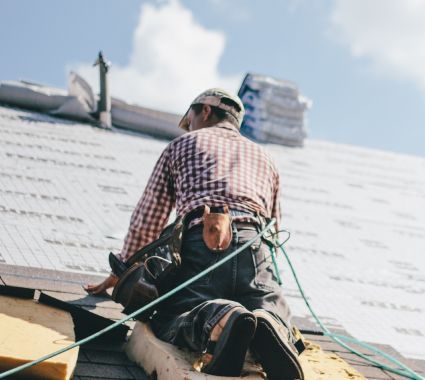
Best Nest Renovations: Roofing Experts in Carrollton, Georgia
If you recently experienced severe weather, you don’t have to go through this checklist for roof storm damage on your own. Best Nest Renovations can help you assess the damage and recommend the next best steps.
As professional and experienced roof contractors, we perform storm damage assessment and repairs. From simple jobs like the replacement of roof shingles to more complex tasks like roof replacement, we can help you and can arrive on-site quickly.
Allow us to help you ensure that your roof is safe and in excellent condition. Call us at
770-830-3982
or chat with one of the representatives on our
website.
